It’s Plastic Free July and Saturday 3 July specifically is plastic bag free day!
This global initiative aims to further reduce the amount of plastic that makes it into our natural environment and encourage everyone to do their part by carrying reusable shopping bags.
Since the introduction of the 5p charge in 2015 the UK has seen a drop of over 90% in use of single use bags, with many stores no longer even offering these as an option today. Yet, there are still over one million plastic bags used around the world every minute and doing your bit to help reduce this is so simple!
In case you need more convincing that plastic bags are the worst, here’s some facts:
- They take hundreds of years to break down and not only pollute the environment but can directly harm many living organisms.
- Plastic bags are cheap to produce but extremely expensive to remove from the environment.
- The crude oil used to make plastics is non-renewable. While significant moves are being made away from crude oil use, it is still one of our main fuel sources.
- Plastic in the environment ultimately means plastic in the food chain… and that’s just not something you want in your dinner!
Not only are there thousands of beautiful designs of bags out there in strong, natural, reusable materials such and canvas and jute, but it’s also very easy to make your own by up-cycling items from around your home. What better way to really reduce, reuse and recycle?
Read on to find out how to make your own simple shopping bag from a couple of spare pillowcases. And you know we love a good upcycle project!
What you need:
For this you will need two pillowcases in different colours or patterns – one for the outside and one for the lining.
What to do:
- Take the pillowcase you would like to be the outside and fold it in half along its length. Be sure here to note which end is the open one!
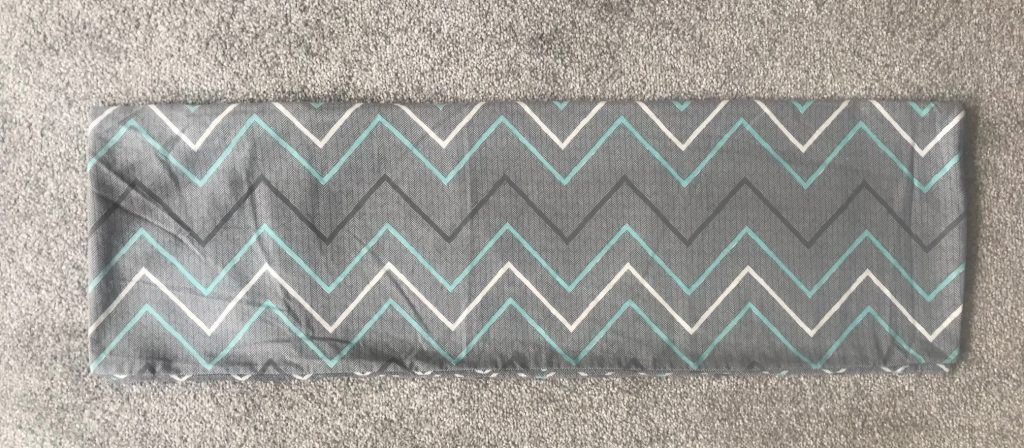
- Treating the end with the opening as the top, mark and cut a strap shape as shown
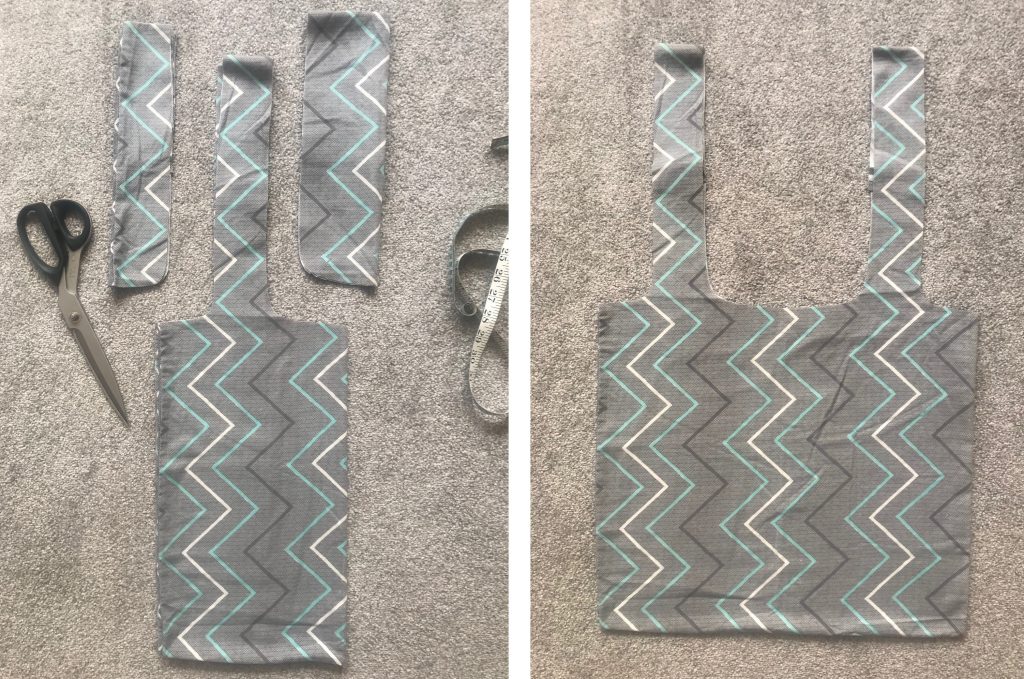
- Once opened out flat you should already have something that is starting to resemble a bag!
- Unpick the hem stitching at the top of the straps. Depending on the type of pillowcase, this may mean the straps on the front are longer than the back. Give them a trim to make them all the same length.
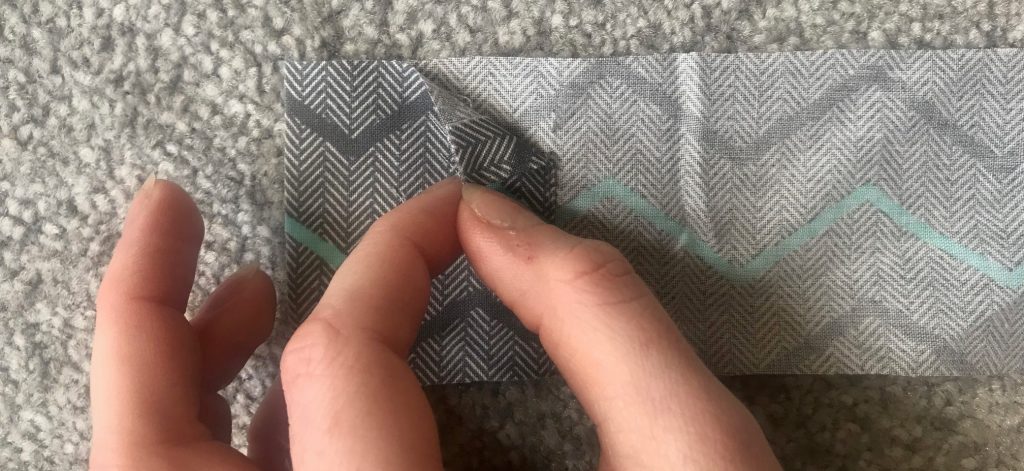
- Copy the same steps with the pillowcase that will be your lining, using the first as a template to ensure the straps match exactly.
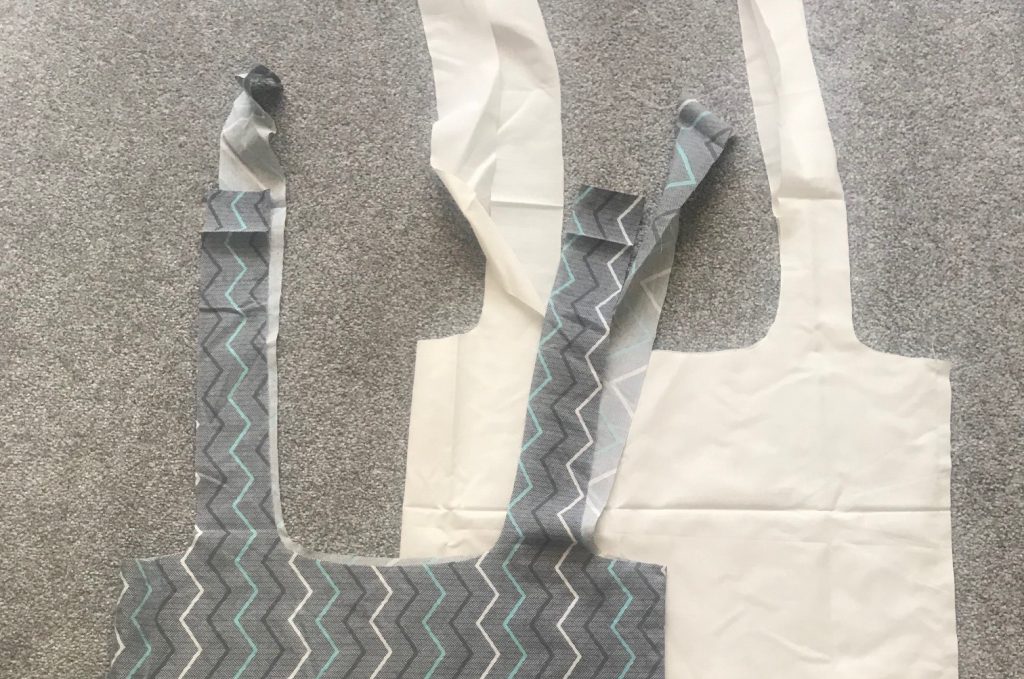
- Turn your outer layer inside out, and put the lining inside it, with the right sides of the fabrics together.
- Pin the lining fabric to the outer along all the top edges and straps and then sew it all together leaving the tops of the straps open, and a gap of roughly 4”(10cm) to turn everything through afterwards. (I left mine in the middle between two straps.)
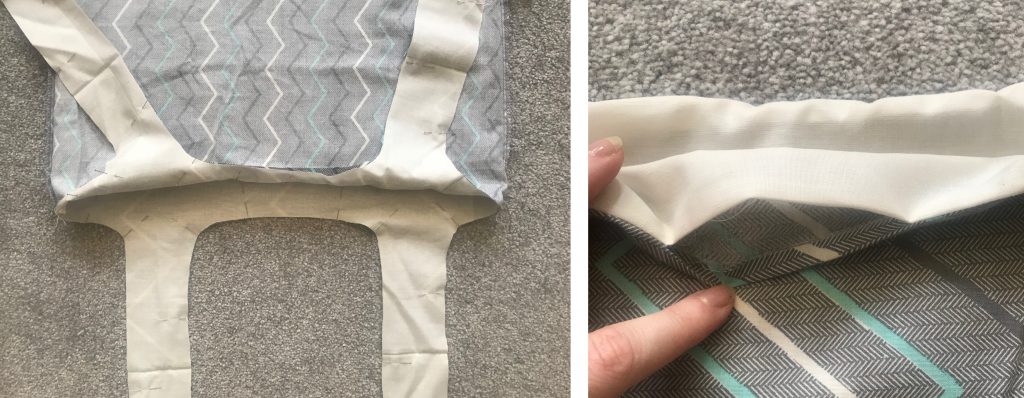
- Once all seams are sewn, turn the whole thing the right way through again using the gap you left. Give it a good press and slip or top stitch the hole closed.
- This step will make the base of the bag square and easier to place items into. Turn the whole thing inside out again. Make sure all the inner and outer seams match up completely and then pinch the side seam to the seam along the bottom to create a point at the corner.
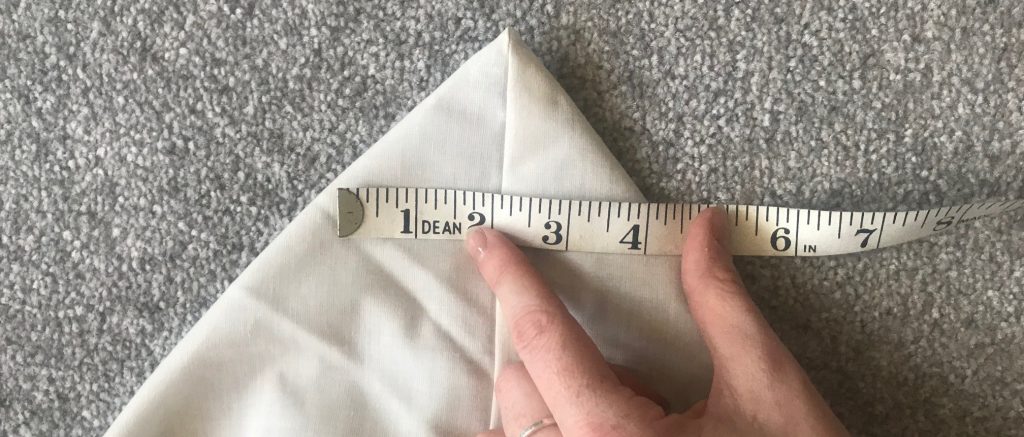
- Mark a line 2” either side of the seam to create a triangle and then pin and sew this straight across.
- Repeat these steps on the other corner, press and turn everything back through the right way. You can, if you wish, sew these triangles down to neaten up the inside of the bag.
- Now for the straps! You should have already trimmed these, but if not, this is definitely the time to do so. Pin the straps from the front side of the bag right sides together and repeat for the back straps.
- Sew the straps seams on your machine. Fold both of the raw edges to the same side, roll over and sew down for strength and neatness.
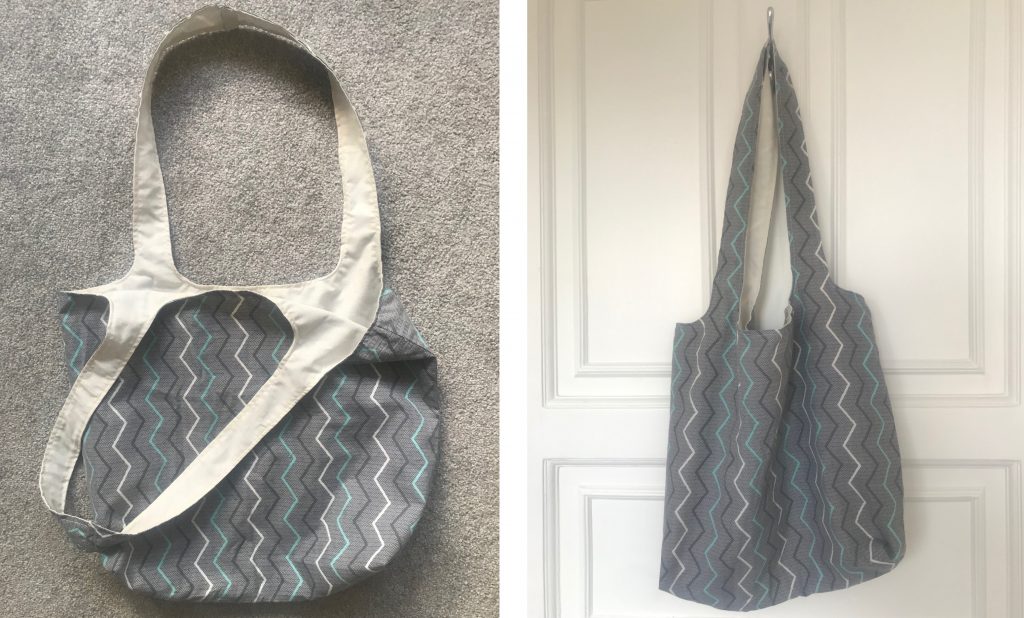
- To finish everything off and neaten the seams you can choose to top stitch everything. This will also stop the lining riding up and being seen where it shouldn’t be.
Happy sewing!
For more information on how to move towards a more sustainable and plastic-free life, you can find resources and guidance at the Plastic Free July website.
Check out Claire Sumners’, (Plastic Free Seaford founder), tips for refusing single-use plastic this July.
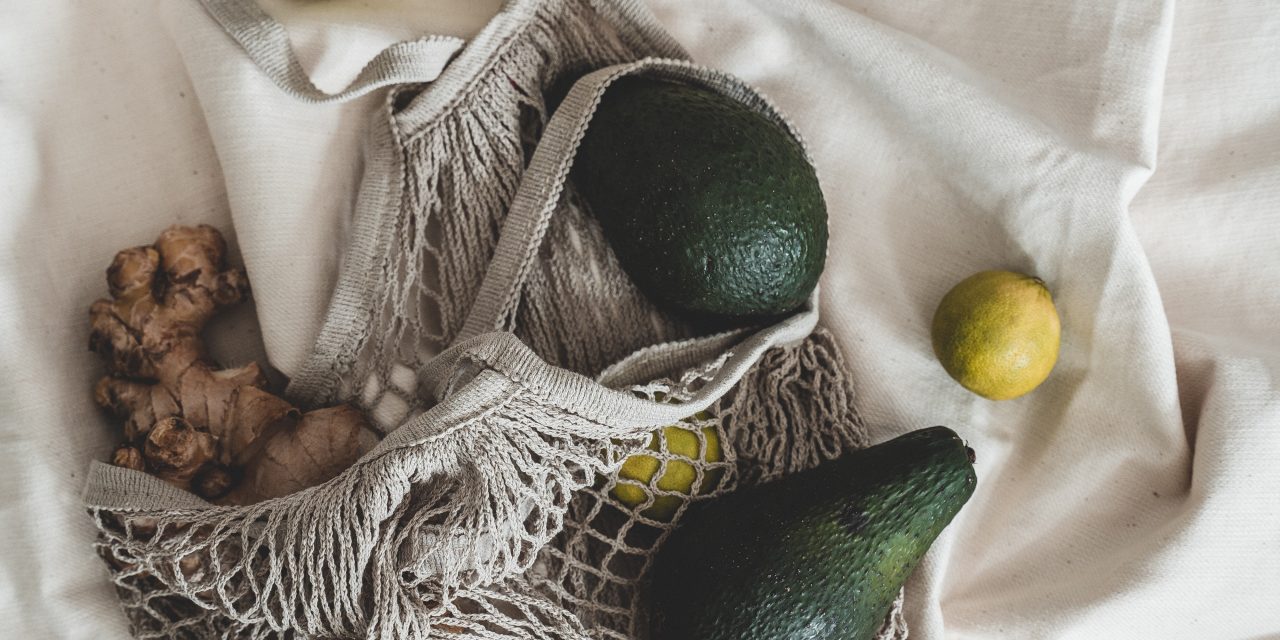




As I don’t do my own shopping I have plenty of none plastic bags for when I do. My shoppers use reusable bags life leave one with shopping in which I returned the next week, so that’s covered.
I will get my daughter to make some masks and get my granddaughter to decorate them with her fabric paints.
I think that will be a good start for when I stop isolating in August.
Looking forward to a walk along the seafront.